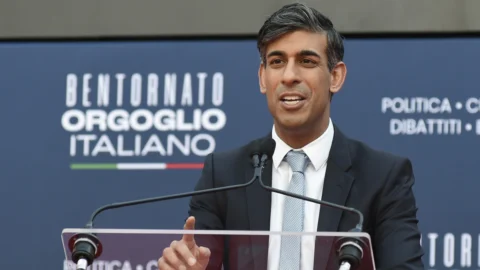Known worldwide for the frugality of the former president Pepe Mujica, for the legalization of marijuana, or even for the mate, the tango and the goals of Cavani and Suarez, few know that Uruguay it is much more. A country of just over 3 million inhabitants wedged between the giants of Brazil and Argentina, the "charrua" land (from the name of the indigenous ethnic group) does not suffer from any inferiority complex: on the contrary, take advantage of the opportunity of Expo 2015 in Milan to show the world a new environmental, cultural and technological model.
First of all by fully focusing on the theme of the event ("Feeding the planet, energy for life"): Uruguay, elected among the 25 greenest countries in the world from the Global Green Economy Index 2014 and in first place, according to Yale University, for air quality and forestation, it produces food for 10 times its population. Thirty million people can therefore be fed by the Uruguayan agri-food system, and in the future it is thought that there could be 50 million, almost a country like Italy. For example, with a territory of just 176.215 km², Uruguay is placed in seventh place for the world export of rice: the main destinations are Iraq and Peru.
Moreover, it is absolutely healthy and sustainable food, as shown by the data presented in the Uruguay pavilion of the Expo: in the countryside around Montevideo it is possible to know the traceability of 100% of citrus fruits, honey and poultry meat production, 100% of the cattle are individually identified with an electronic ear tag and Uruguay is the first country in Latin America with all the vineyards located on satellite maps. In 2016, according to government forecasts, it will also be the one with the highest percentage of wind energy generation in the world.
Despite its small size, Uruguay knows how to combine technology and environmental and food quality and how to beat every South American record: according to data from the International Telecommunication Union, the country until recently governed by Mujica is first in South America for the Information Technology Development Index, for Internet penetration among the population and for the download speed of its bandwidth. Up to planetary excellence: Uruguay is the first country in the world to implement Plan Ceibal, started in 2007 and based on the “One Laptop per Child” project. Thanks to this program, all primary school children (compulsory and public for all) have received a laptop from their institution.
After all, everything starts from school: according to the UN, the country, which is participating for the first time with its own pavilion at the Expo, has the highest literacy index in South America (99,3%, equal to the Italian one), while according to other authoritative Indexes it is also first for democratic development and is the most peaceful country in the area (the 29th in the world). And since respecting the environment also and above all means respecting others, Uruguay is also the first country in Latin America, together with Puerto Rico, to have passed an integral anti-smoking law (March 2006), even more restrictive than the one applied a year earlier in Italy and other countries.
The result of this policy, perpetrated over the years starting from the foundations, is progress, democracy and well-being. According to the International Monetary Fund, Uruguay is the third country in Latin America for GDP per capita, while the UN notes that it is the one with the lowest poverty index and the most equitable income distribution, not to mention that life expectancy has now exceeded that of the Argentine "cousins". A country that is not only green and democratic, but also reliable and attractive for foreign investments: the three main global rating agencies, Standard & Poor's, Fitch and Moody's, have assigned investment grade to Uruguay. The scores are similar to those of Italy, but the outlook is positive.





